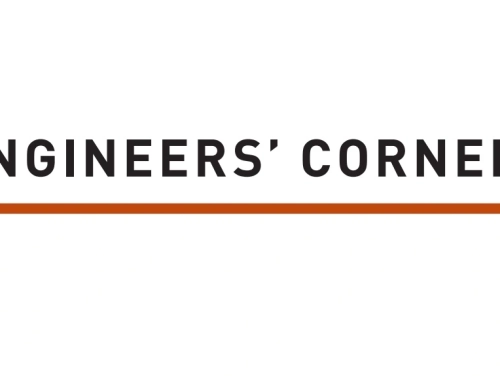Reputable global EPCs (Engineering, Procurement, Construction ) operating in Canada know something that you may not. They are mandating that all steel used on their projects be produced/rolled in North America. They claim to be doing this because of trust (or the lack thereof) of global material supply.
In a global market place that seems pretty extreme; however, if you look at what is taking place in the EU, Australia and New Zealand you might say the standards and practice in North America are lagging the rest of the world.
In North America, both CSA and ASTM material standards were originally written with the premise that the material would be produced at North American mills intent on supplying conforming product. The result was a long and successful track record of mill supplied test reports accurately representing the material produced and supplied. In the event of a dispute of conformity, the mills were quick to identify, resolve and isolate non-conforming product. Their reputation and long term survival depended on it. Recent experience suggests this is still the case.
In recent years, steel is being supplied by mills from around the world, whether it is to the North American Standards or other. Reports of severe non-conformity, fraudulent mill test reports and material that contain elements not normally expected or controlled by the material standard seem to be rampant and increasing. This problem is applicable to rebar as well as to structural steel. Countries and regions around the world have already responded to this problem through changes to their standards and by adding new ones. In North America, material standards are lagging the world in addressing serious material conformity issues.
Due to gross and consistent non-conforming steel entering the EU, the EU recently adopted a product certification scheme (CE marking) for steels. This scheme is similar to product certification schemes we know of in Canada done by CSA, for example electrical certification of appliances. Goneare the days of the honour system for Europe. This has been done for the sake of public safety. They have even gone so far as to extend this scheme to fabricated steel under the program EN1090.
In Australia, the influx of Chinese structural steels into the country, with an increase in weld failures and weld cracking, led to the discovery that the parent steel material with high levels of boron was the cause. With an urgent need to react, Australia published a new Technical Specification TS 103-2016, “Structural steel welding – Limits on boron in parent materials”, to address the reality that the existing Standards did not anticipate. The Standard effectively placed a limit of 0.0008% boron on all steels used for construction and involved welding. Steels over this limit would need special welding consideration. TS 103-2016 is to be used as a bolt on with other existing material standards used in Australia and New Zealand.
Similar boron related cases were also reported in the EU and was one of the drivers for the CE Marking mentioned above. Boron is not typically added to structural grade steels, nor are the levels (max) in Standards typically controlled. Mills would not typically add this to structural grade steels due to cost. The reasons for Chinese mills to be adding unecessary boron to steels is perplexing but incentives by the government to encourage high alloy steels production in lieu of the abundant structural steels may have been a leading factor.
In New Zealand, similar issues to Australia have been reported with a recent dramatic case of 500 tonnes of steel tubes certified by a Chinese mill which were found to be non-compliant after site failures.
Until the North American Standards catch up to the EU, Australia and other parts of the world, the CISC is recommending engineers follow these recommendations for public safety reasons:
- Specify only structural steels that are CSA G40.20/.21 or ASTM as per CSA S16 or CSA S6
- Specify that the steels be produced only in Canada, United States or EU countries (this includes bolts)
- Specify material traceability and records of mill test certificates by the fabricator
- If you are willing to accept offshore steel, then mandate:
a. A total maximum boron of 0.0008%
b. Material testing of each steel batch to confirm the steels meet or exceed CSA G40 or the applicable ASTM Standards and the maximum boron specified in a. above
c. Testing of the steel to be performed in Canada by an ISO 17025 accredited testing laboratory with the appropriate testing scope





